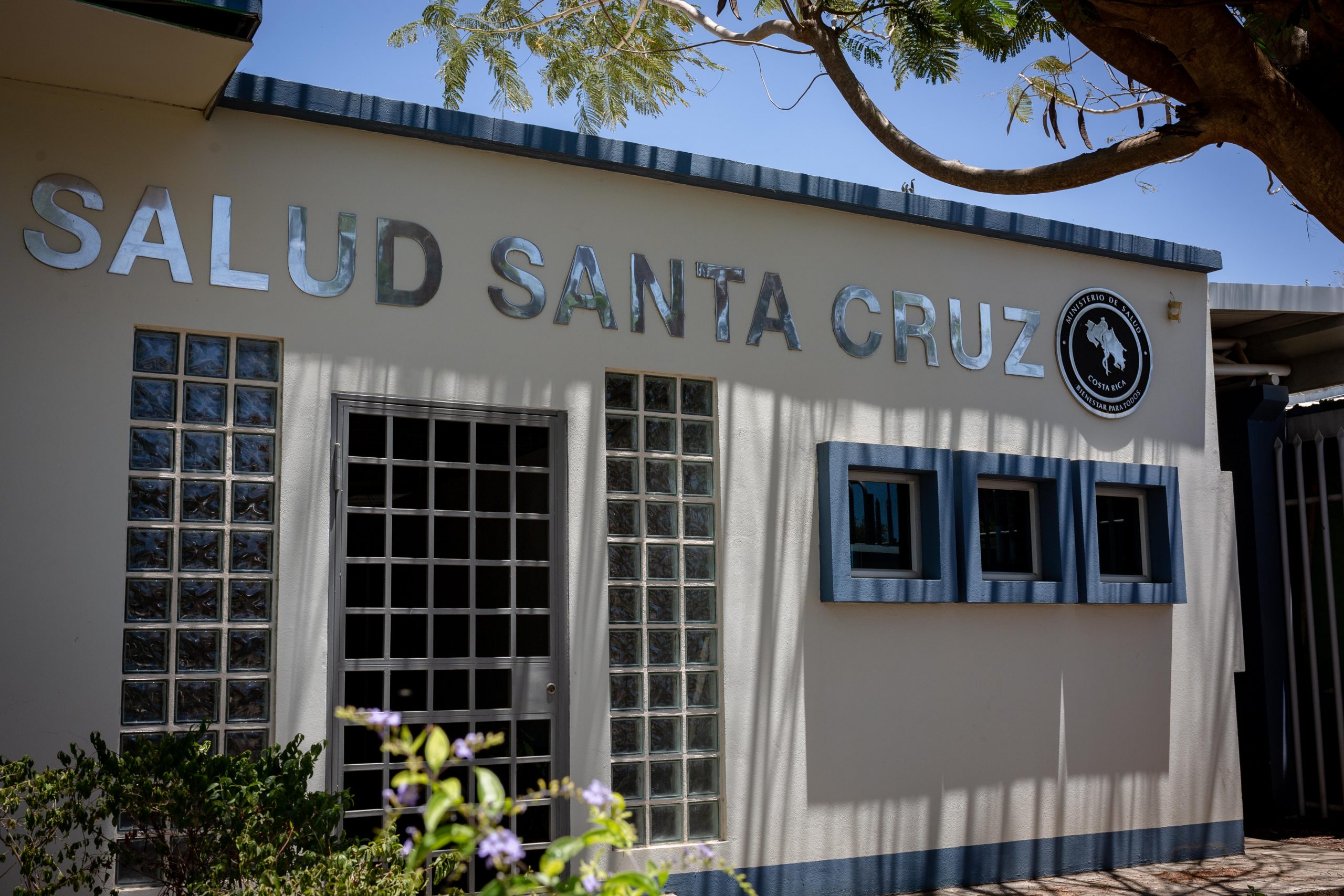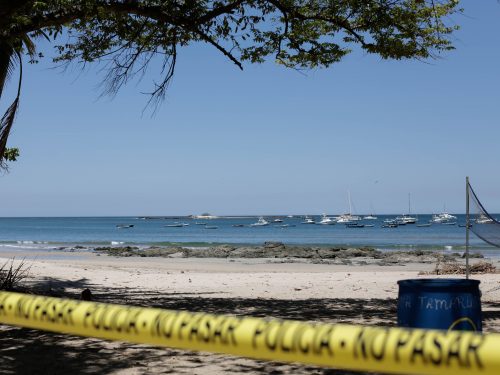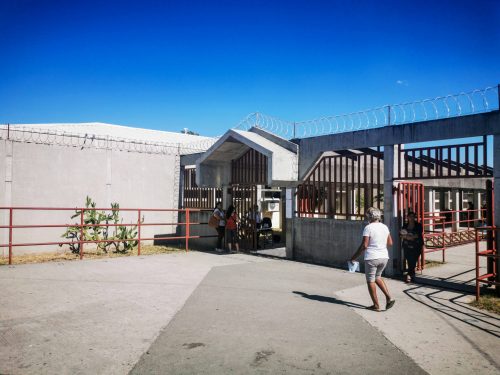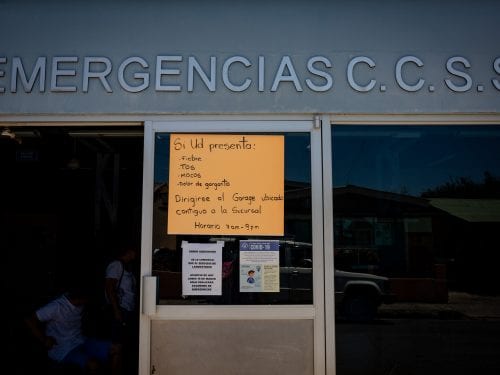
Santa Cruz is the canton with the most active cases of COVID-19 in Guanacaste and ranks tenth nationwide. Currently, 2,071 Santa Cruz residents are infected with the virus, according to data from the Ministry of Health as of October 8.
The number of cases places it as the canton in the province with the second highest rate of positive covid cases, with 295.3 cases per 10,000 inhabitants. This rate is a formula to compare the data properly between places with different population densities.
According to Ministry of Health data, cases in the Municipality of Santa Cruz significantly increased beginning in August and, since then, they continue to increase. While in July, the canton’s health area reported an average of 22 cases daily, since August they have detected around 36 per day.
Nicoya is facing the same trend and is the canton with the second highest number of cases in the province but the one with the highest rate (298.6 cases per 10,000 inhabitants). The colonial city went from reporting an average of 15 new cases a day in July to 29 a day as of August.
That’s the highest peak of active cases in both cantons since the beginning of the health emergency. In Santa Cruz, the most affected districts are central Santa Cruz (878) and Tamarindo (380) and in Nicoya, they are the central district (806) and Nosara (269).
The person in charge of monitoring patients with COVID-19 in the Santa Cruz Health Area, Shary Barrantes, spoke with The Voice of Guanacaste about the virus’ behavior in that canton of the province. This news outlet also tried to contact the Nicoya Health Area, but we hadn’t received any response by the deadline for this article.
Since August, the canton of Santa Cruz has reported a virus positivity rate of 70%. This means that out of every 100 tests performed, 70 end up being positive. According to Barrantes, the official from the Santa Cruz Health Area, in August alone, the health center saw 2,900 patients who had COVID-19 symptoms.
That figure includes those who come to the clinic office as well as the results of tests done in private laboratories and in national hospitals.
Delta Strain Is an Important Variant
According to the expert, there currently isn’t a single source of infection. People contract the virus at clandestine parties, tourist areas, construction sites and schools.
In all cases, one sees protocols being broken at the same time,” Barrantes pointed out.
The doctor also related the increase in cases to the Delta variant’s arrival in the country during the last week of July. “This circulation [of the strain] with protocols being broken generates the infection of many more patients,” the specialist stated.
During August and September, the Santa Cruz Health Area examined about 120 patients with respiratory symptoms each day, double what it is capable of handling according to the medical staff’s capacity. On average, staff transferred five people a day to other hospitals due to the severity of their condition, Barrantes said.
Vaccines Are Key
The Santa Cruz Health Area has already fully vaccinated at least 27,000 people against COVID-19 and another 21,000 people who live in the canton are waiting to get their second dose, according to data from the Costa Rican Social Security Fund (CCSS).
Even so, the doctor said that most patients who arrive with respiratory symptoms haven’t gotten any vaccine or have only received the first dose of immunization. In addition, by the time they go to the health area, they are in a more critical state than patients were during the previous peaks.
There is a group of people that are still in a denial phase [about the vaccine and about the virus]. They don’t consider it a good thing. There are people who have denialist ideologies, but we insist on the importance [of immunization],” emphasized Barrantes.
The coordinator said that the number of new cases did decrease in the last week. However, it could increase again if more people refuse to get vaccinated and if people fail to comply with health measures.
“We still need to be aware and take care of ourselves. It’s better to be at home healthy and alive than to go out and cause the loss of a family member or of your own [life],” the doctor concluded.







Comments